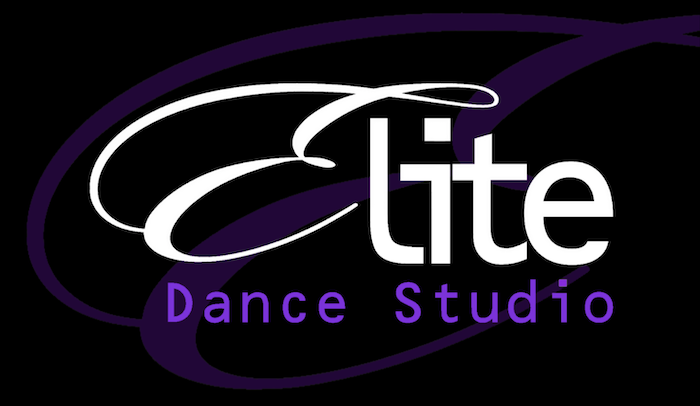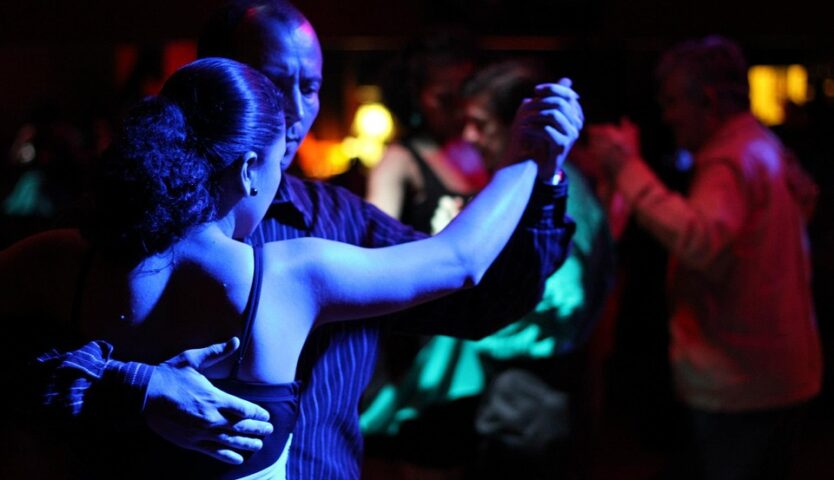Posted by on Nov 27, 2019 in Blogs
The Argentine Tango is more than a mere dance style. Referred to as “a secret danced between two people”, this form of tango relies on intuition and connection.
They say that the Argentine Tango is felt in the heart, not the feet. The focus is placed more so on the dance partner and not the choreography or steps.
The Argentine Tango is a style of dance as sexy as it is passionate.
The History
The Argentine Tango originated in the streets of Buenos Aires, Argentina, and Montevideo, Uruguay, in the late 19th century. The roots of this dance lie in African candombe, Cuban habanera as well as waltzes and polkas.
It was a popular dance among European immigrants, former slaves and the working and lower classes. It came about through the nostalgia and melancholy felt by those who were far from home.
During Argentina’s political struggles with prohibition and dictatorships, the dance was forced underground where some say performing it was considered an illegal act. It later came back to light in the 1980’s and its popularity soared again before spreading throughout the rest of the world.
The Music
The music of the Argentine Tango is more varied than that of ballroom dancing and features a clear repetitive pulse with a strong tango rhythm.
There is a large repertoire of music when it comes to the Argentine Tango. Having a varied selection of songs meant that Argentine Tango dancing could go late into the night.
The most notable and representative composers of Argentine Tango music were actually descendants of Italian immigrants: Di Sarli, d’Arienzo, Troilo and Pugliese.
During the 1990’s, the Argentine Tango experienced a resurgence of popularity as young dancers began pairing the tango steps to more contemporary music such as trip-hop and blues.
The Dance
The Argentine Tango involves a variety of styles that evolved across regions and eras as venue began to crowd and the fashion started to change.
The focus of the Argentine Tango is to match the speed and emotion of the music while improvising the steps.
The Argentine Tango is danced by two people in an embrace that can vary from being open (the leader and follower dance at arm’s length) or closed (the dancers touch chest-to-chest).
The follower alternates their weight from foot to foot, never resting weight on both at the same time. The follower is led to alternate feet by the leader, who steps outside the follower’s legs.
Even though the Argentine Tango depends a lot on improvisation, there are basic steps that form the foundation of the style:
- Embrace
- Walk (caminar)
- Cross (cruce)
- Figure Eight (ocho)
- Cuts (cortes)
- Breaks (quebrados)
- Half Moon (media luna)
- Rotation (rueda)
The Argentine Tango and Modern Dance
Following the resurgence of the Argentine Tango in the 1980’s, instructors began delving deeper into the specific movements of this tango. Gustavo Naveira and Fabian Salas took what they learned by analyzing the physics of movement in Argentine Tango and began to teach dancers how to dance as opposed to what to dance.
This movement is known as Nuevo Tango and, while not considered to technically be the Argentine Tango, incorporates many of the intuitive and improvisational elements of the tango into this new genre.
The music of Nuevo Tango borrows from the revolutionized style of the 1950’s, when instruments such as the saxophone and electric guitar were incorporated into tango music.
Does the Argentine Tango Intrigue You?
Contact Elite Dance Studio today for more information about learning this exciting and fun style of dance! We offer private and group lessons for a variety of different dance styles.


